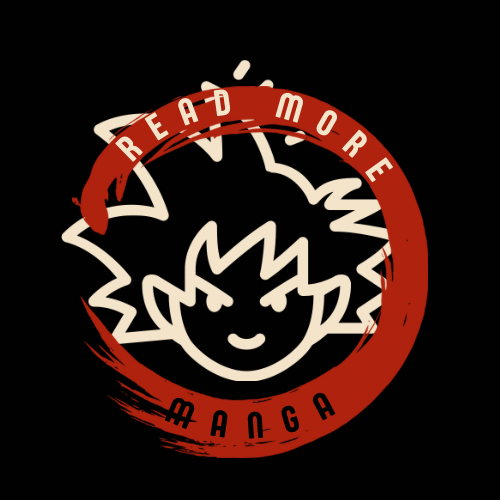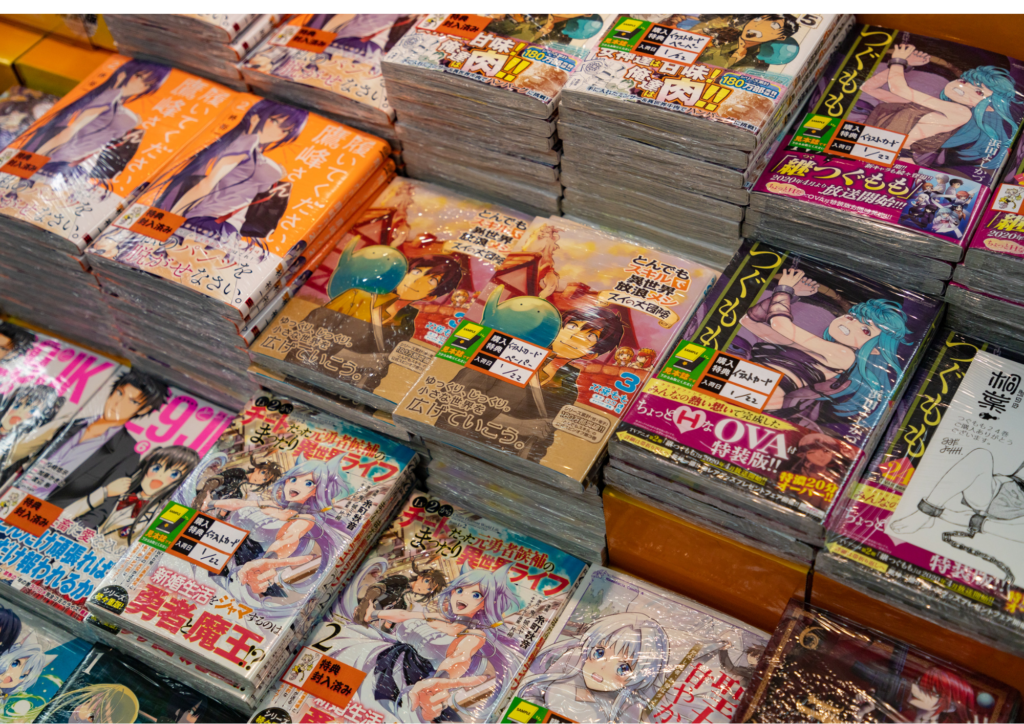
Manga refers to Japanese comic books or graphic novels whose popularity is picking up pace worldwide. Written by a Mangaka, a Japanese term referring to manga artist or creator who covers a wide range of genres and themes for people of all ages according to their affinity and artistic styles
The artwork and storytelling styles can vary significantly, catering to diverse tastes and preferences. Each mangaka’s style is unique and plays a pivotal role in shaping the narrative, characters, and visual elements of manga, contributing to the unique storytelling and artistic styles found in these Japanese comics making them such a visual and storytelling treat.
Manga is often serialised in magazines before being compiled into volumes for release.
The Universe: Categories & Genres
Manga encompasses a wide range of genres, including action, adventure, romance, fantasy, science fiction, horror, mystery, slice of life, comedy, drama, and more. There are also sub-genres like isekai (alternate world), mecha (giant robots), and shoujo (targeted at young girls) among others. The diversity in genres allows readers to find something that suits their preferences.
Categorisation of Manga is into different demographics based on the target audience. Here are a few key demographics:
1.Shōnen (12 – 18 years old): Aimed at young males, typically teenagers. Shōnen manga often features action-packed stories, adventure, and themes of friendship and personal growth, aligning with the interests and preferences of adolescent and young adult readers.
2. Shoujo (12 – 18 years old): Geared towards young females. Shoujo manga often explores themes of romance, relationships, and emotions, catering to the interests and experiences of teenage girls. However, individuals of various ages can enjoy this, and its appeal is not limited strictly to this demographic.
3. Seinen (18+ years old): Targeted at adult men. Seinen manga often explores more complex and mature themes, and it may feature darker storylines, intricate plots, and sophisticated storytelling styles. The content is tailored to appeal to the interests and experiences of adult men, distinguishing it from manga targeted at younger demographics.
4. Josei (18+ years old): Geared towards adult women. Josei manga tends to offer a more nuanced and mature perspective compared to shoujo, catering to the experiences and interests of adult women. These manga series often focus on more mature and realistic themes, including romance, relationships, and daily life challenges.
5. Kodomomuke (7 – 12 years old): Aimed at young children. The term translates to “directed at children” in Japanese. odomomuke manga typically features simple storylines, vibrant artwork, and content suitable for a younger readership. These may cover a variety of genres, including adventure, fantasy, and educational themes, aiming to engage and entertain children while fostering their interest in reading.
6. Isekai (All Ages): A sub-genre that involves characters from the real world being transported to a fantasy world. Isekai manga, which involves different worlds or dimension doesn’t have a specific age group target. Instead, these stories appeal to a broad range of readers and the age groups. These mainly cater to teenagers and young adults, given the fantasy and adventure elements present. However, there are also options suitable for diverse age groups, and readers of all ages may find enjoyment in this genre.
These demographics help readers find what they are looking for and something that aligns with their age group and preferences.
Mastering Manga: A Beginner’s Guide to Reading
Reading manga typically involves following a sequence of panels from right to left, top to bottom.
Here’s a step-by-step guide on how to read manga:
Panel Sequence:
- Follow the sequence of panels. Read from the top-right panel, then move to the one directly below it. Continue this pattern, progressing from right to left and top to bottom.
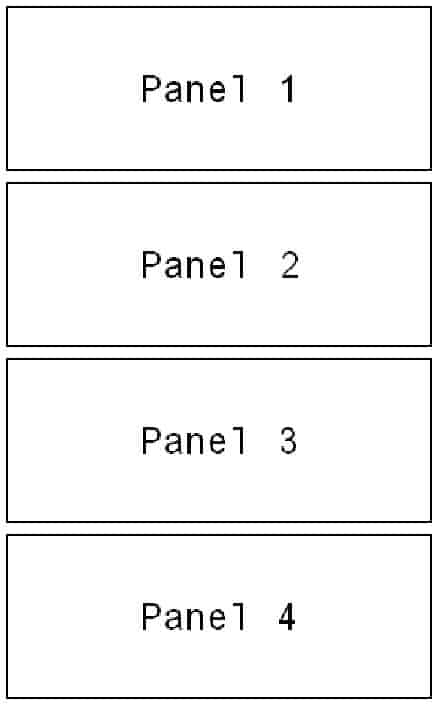
Orientation:
- Unlike Western comics, manga is traditionally read from right to left. Begin reading from the top-right corner and move across the page towards the left.
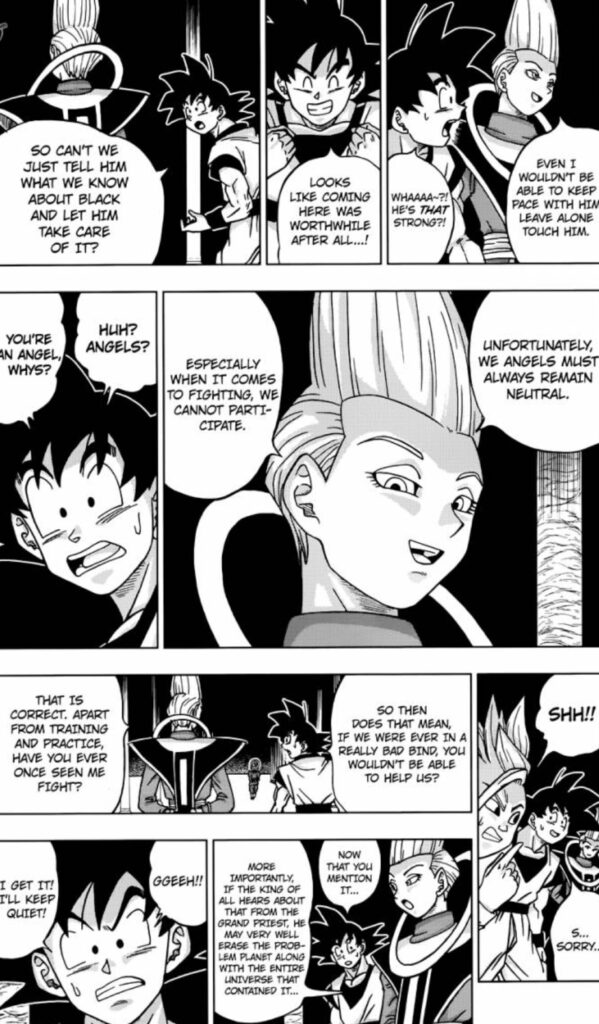
Speech Bubbles:
- Pay attention to speech bubbles, which contain dialogue or narration. Read them in the order they appear, typically starting from the top-right going left and ending at the bottom-left.
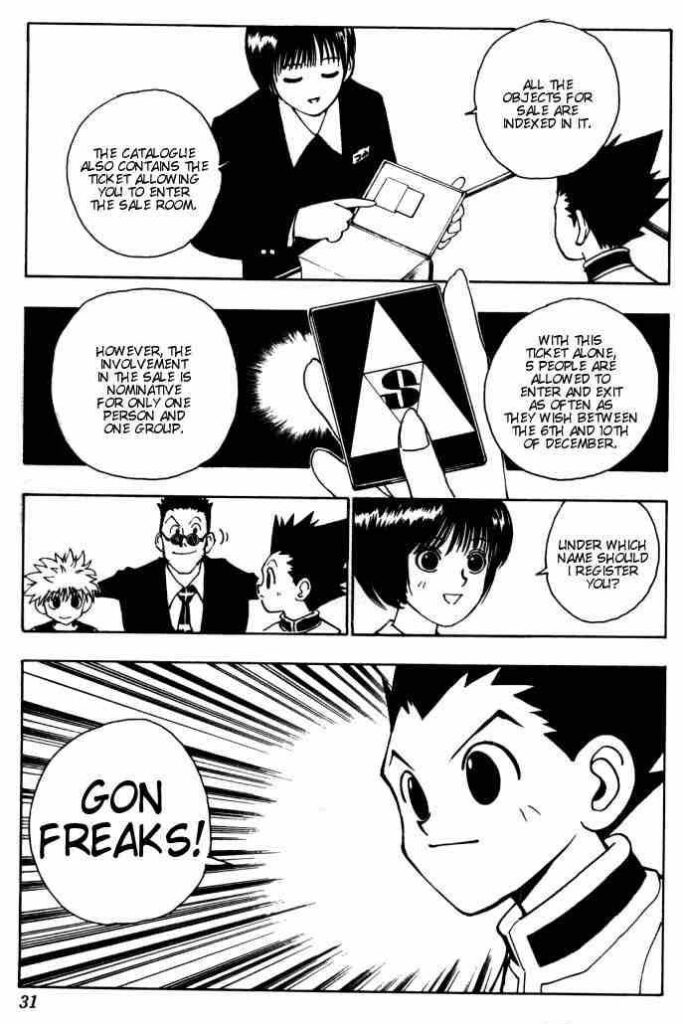
Sound Effects:
- Manga often includes onomatopoeic sound effects. These are written in Japanese characters and can enhance the reading experience. While not crucial to the plot, they can convey action or atmosphere.
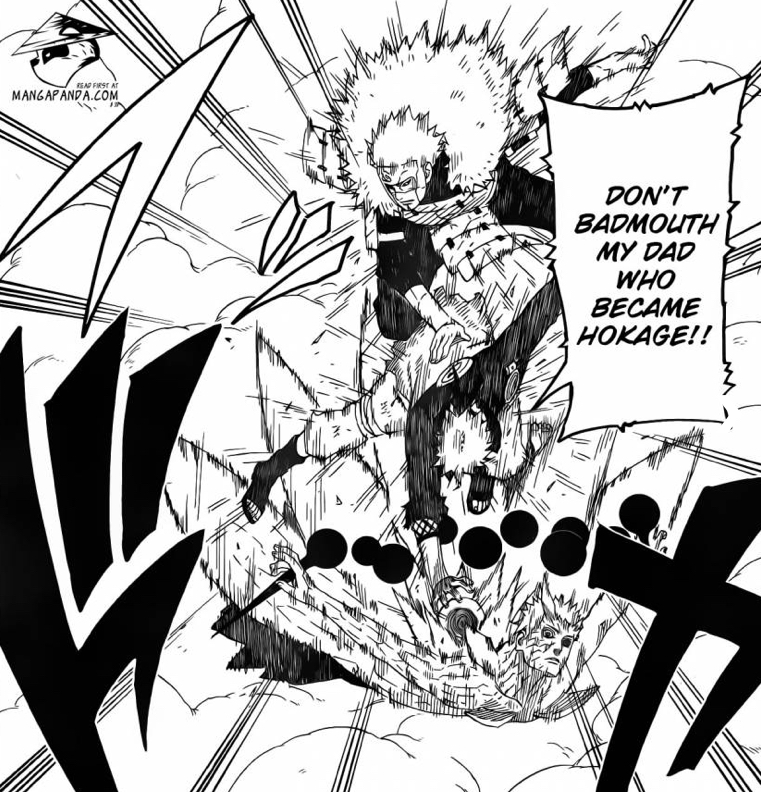
Background Art and Details:
- Take note of background art and details, as manga artists often include subtle elements that contribute to the story or atmosphere. It’s not just about the characters and dialogue.
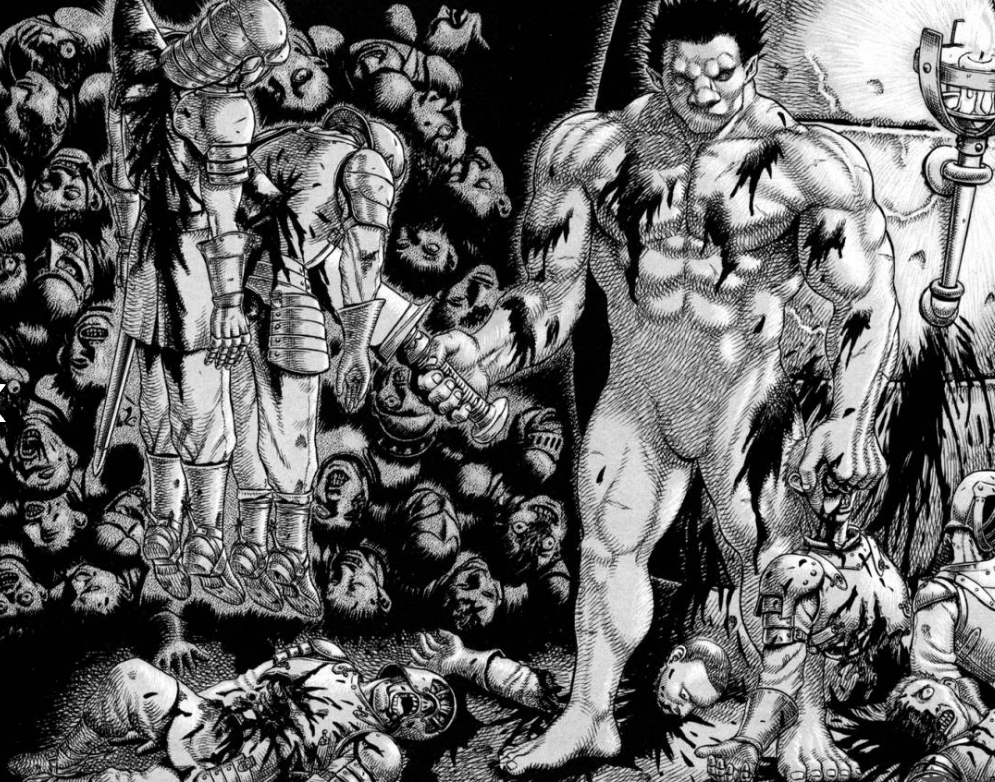
Pacing and Expression:
- Pay attention to the pacing of the story. Manga often uses variations in panel size, layout, and visual effects to convey the flow of time and intensity of emotions.
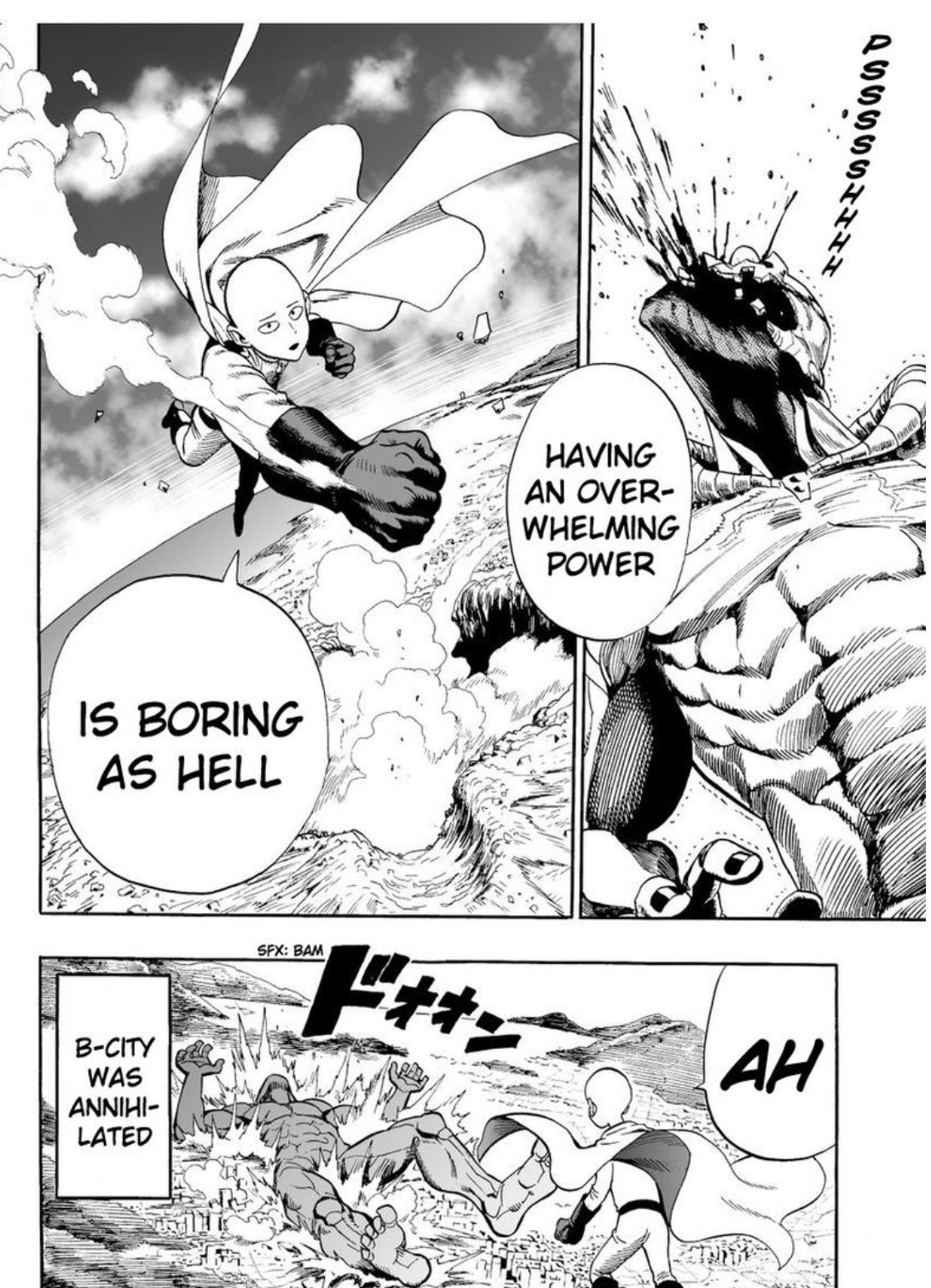
Chapter and Volume Order:
- Manga is usually organized into chapters, which are then compiled into volumes. When reading a series, start with Chapter 1 and progresses in order. Volumes are numbered sequentially.

Series Information:
- Check for any additional information provided by the author or publisher at the beginning or end of a volume. This might include author notes, bonus illustrations, or comments about the story.
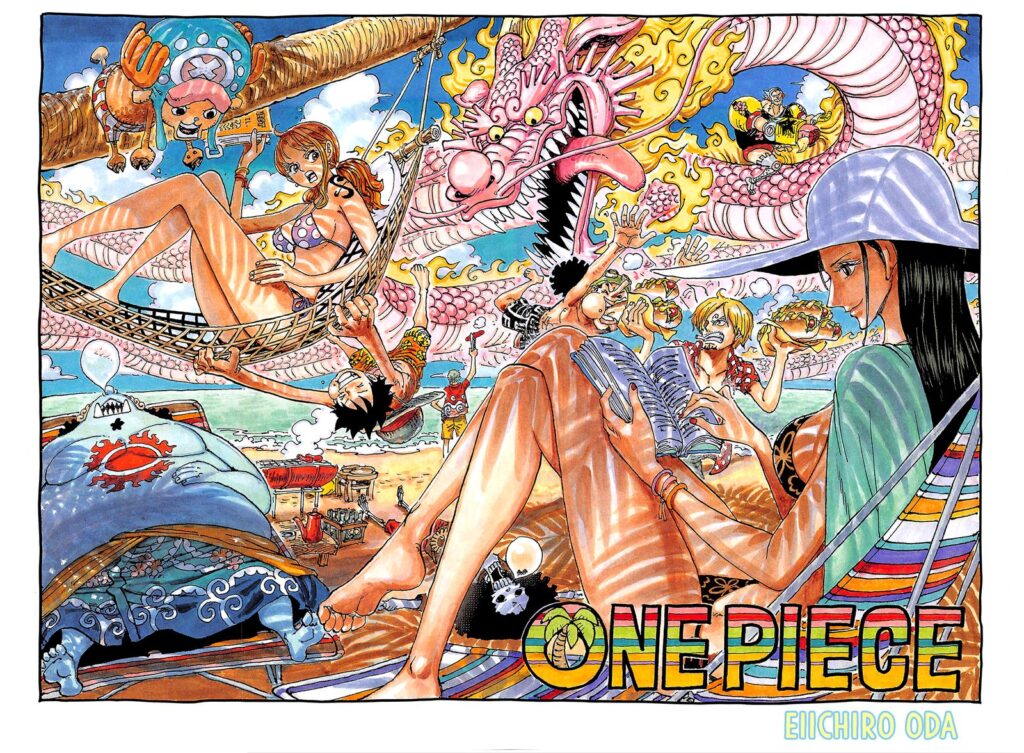
Enjoy the Art:
- Manga is not only about the story but also about the art. Take the time to appreciate the artwork, character designs, and the artist’s unique style.
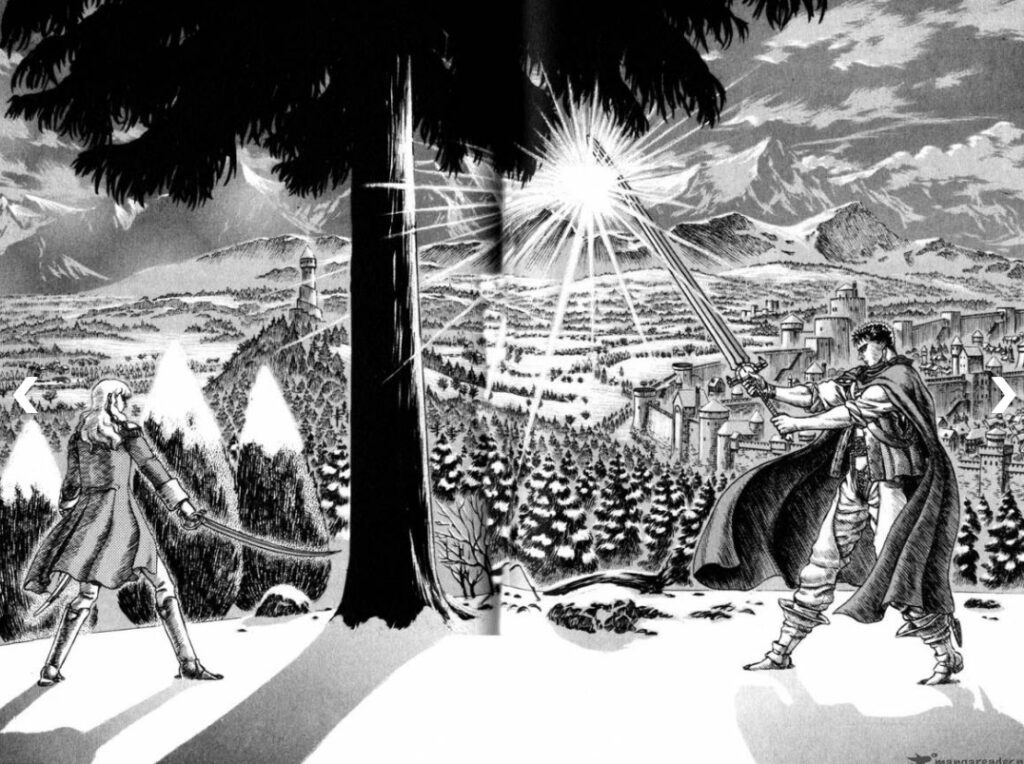
Remember that manga can vary in terms of art style, genre, and storytelling techniques. As you get more accustomed to reading, you’ll find your own preferred way of navigating the pages and enjoying the stories.
Behind the Pages: About Manga Publications
Manga is typically serialised in magazines before being compiled into tankobon (collected volumes) and released. Some well-known manga magazines in Japan include:
1. Weekly Shonen Jump: Features shōnen genres and is known for popular titles like “Naruto,” “Dragon Ball,” and “One Piece.”
2. Shojo Beat: Targets a female audience with titles like “Sailor Moon” and “Fruits Basket.”
3. Big Comic Original: A seinen genre magazine with a focus on more mature themes.
4. Weekly Young Jump: Publishes seinen manga, including titles like “Tokyo Ghoul” and “Kingdom.”
5. Ribon: A magazine for younger girls, featuring various shojo genres.
6. Manga Action: Known for seinen genres and more adult-oriented content.
These magazines serve as platforms for mangaka’s to serialise their work and gain popularity. International audiences often access manga through translated versions or digital platforms.
